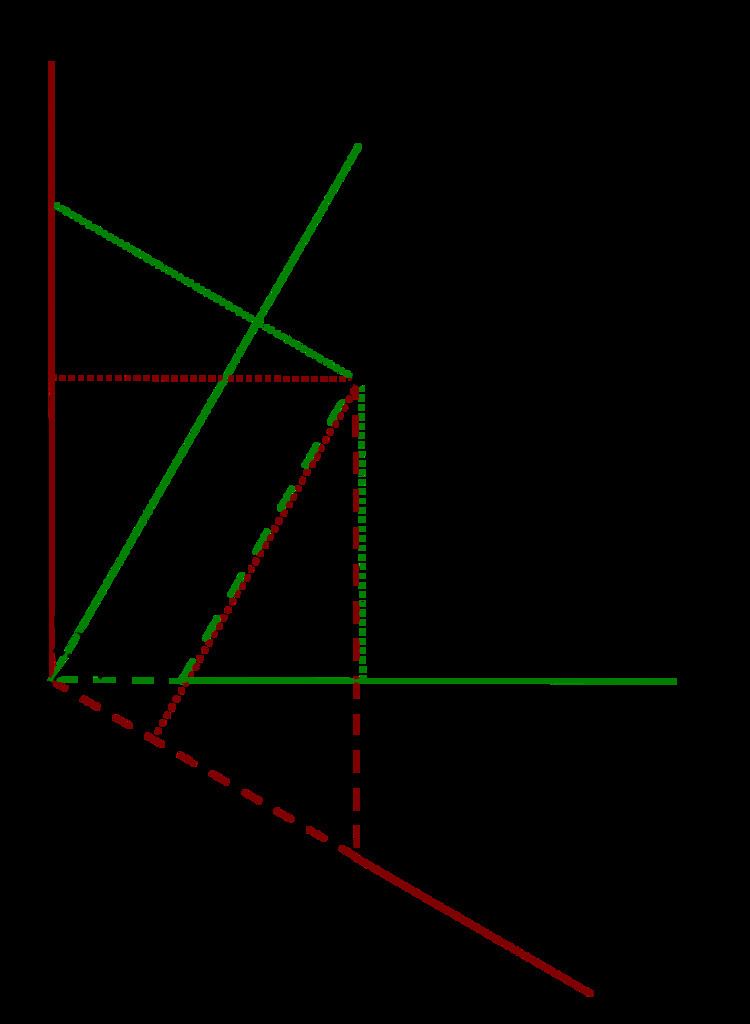Name Paul Gruner | ||
 | ||
Franz Rudolf Paul Gruner (13 January 1869 in Bern – 11 December 1957) was a Swiss physicist.
Contents
Life
He attended the gymnasium in Morges, the Free Gymnasium Bern, and passed the matura at another gymnasium in Bern. He studied at the universities of Bern, Strasbourg, and Zurich. The doctorate was awarded to him in 1893 under Heinrich Friedrich Weber in Zurich. From 1893 to 1903 he taught physics and mathematics at the Free Gymnasium Bern. In 1894 he was habilitated in physics and became Privatdozent, and in 1904 titular professor in Bern. From 1906 to 1913 he was professor extraordinarius, and eventually from 1913 to 1939 professor ordinarius for theoretical physics (the first one in Switzerland). From 1921 to 1922 he was rector of this university.
In 1892 he became a member of the Society for Natural Sciences of Bern, in 1898 its secretary, from 1904 to 1906 and 1912 to 1914 its vicepresident and president, and starting in 1939 he held an honorary membership. He was a member of the Swiss Academy of Natural Sciences, being its vicepresident from 1917 to 1922, and a member of the Swiss Physical Society, being its vicepresident from 1916 to 1918 and president from 1919 to 1920. He took part in the development of the physics journal Helvetica Physica Acta, was president of the Swiss Meteorological Commission, and due to his Christian faith and rejection of materialism he became a member of the Keplerbund (an association of Christian natural scientists).
Scientific work
He published scientific and popular-scientific papers on several topics. Best known was his work on optical depth and twilight phenomena, but he published also in the fields of the theory of relativity and its graphical representation using special Minkowski diagrams, radioactivity, kinetic theory of gases, electron theory, quantum theory, thermodynamics.
Gruner and Einstein
In 1903, Albert Einstein became a member the Society for Natural Sciences of Bern with the help of one of his colleagues from the patent office in Bern, Josef Sauter. There, Einstein met Sauter's friend Paul Gruner, then Privatdozent for theoretical physics. Einstein held lectures and discussions in Gruner's home and started a letter exchange with him. When Einstein tried to become Privatdozent himself in 1907, Gruner (now professor for theoretical physics in Bern) supported him. Eventually, in 1908 Einstein became Privatdozent in Bern.
Minkowski diagram
In May 1921, Gruner (in collaboration with Sauter) developed symmetric Minkowski diagrams in two papers. In subsequent papers in 1922 and 1924 this method was further extended to representations in two- and three-dimensional space. (See Minkowski diagram#Loedel diagram for mathematical details).
Gruner wrote in 1922 that the construction of those diagrams allows for the introduction of a third frame, whose time and space axes are orthogonal as in ordinary Minkowski diagrams. Consequently, it is possible that the coordinates of frames
In 1918 Edouard Guillaume asserted to have found a "universal time"
Guillaume's error was pointed out by Dmitry Mirimanoff in March 1921, showing that Guillaume's variable
